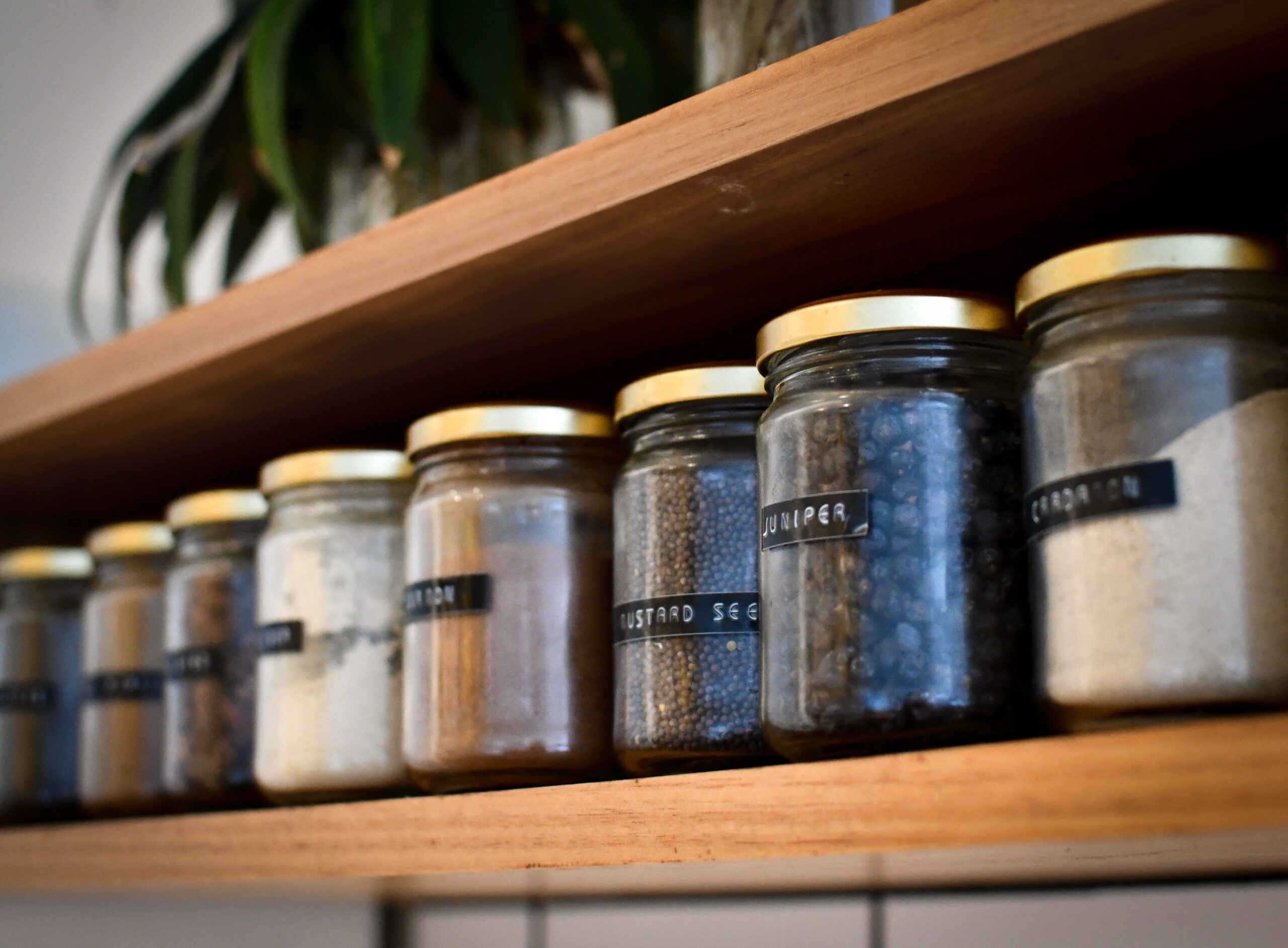Are you tired of rummaging through a chaotic mess of spice jars every time you cook? Do you often find yourself buying duplicates because you can’t locate certain spices? It’s time to bring order to your spice rack and transform it into a well-organized culinary haven.
In this ultimate guide to organizing your spice rack, we will walk you through practical steps, storage solutions, and maintenance strategies that will revolutionize your cooking experience.
I. Assessing Your Spice Collection
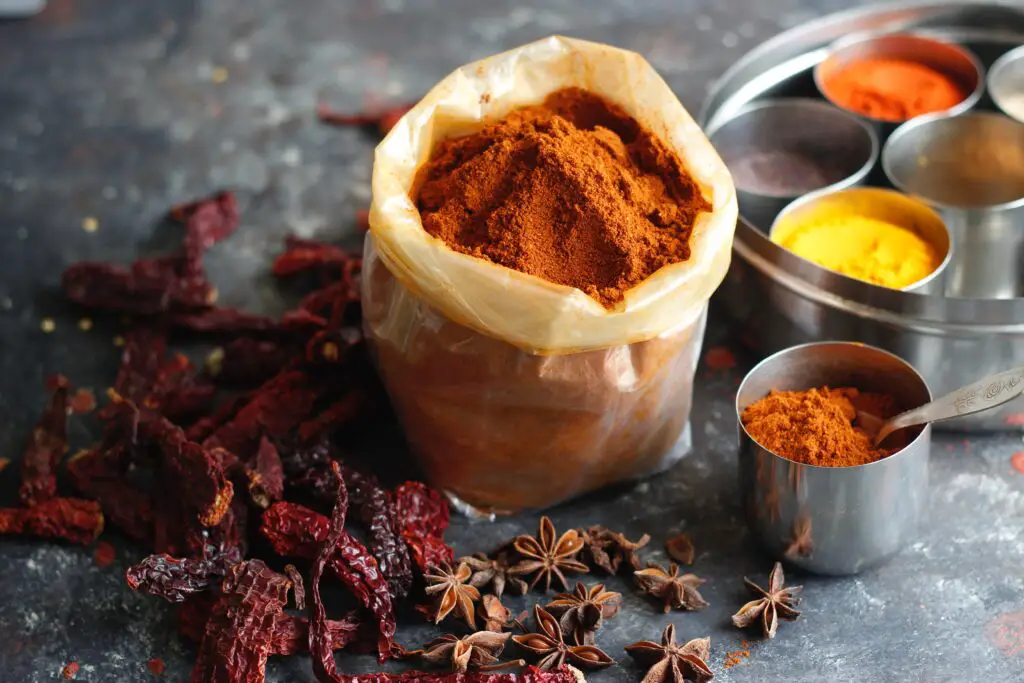
Before diving into the world of spice rack organization, it’s crucial to assess your current spice collection. This step will help you understand what you have, what you frequently use, and what needs to be replaced. Take the following steps to assess your spice collection effectively:
- Take inventory of your spices: Start by gathering all your spices in one place. Take note of the different types and quantities you have.
- Check expiration dates: Carefully examine each spice jar and check for expiration dates. Spices lose their potency over time, so it’s essential to get rid of any expired ones.
- Determine which spices are frequently used: Identify the spices you use most often in your cooking. These should be easily accessible in your newly organized spice rack.
- Consider personal preferences and cooking habits: Take into account your preferred cuisines and the spices commonly used in those dishes. This will help you categorize and arrange your spices accordingly.
II. Choosing the Right Spice Rack
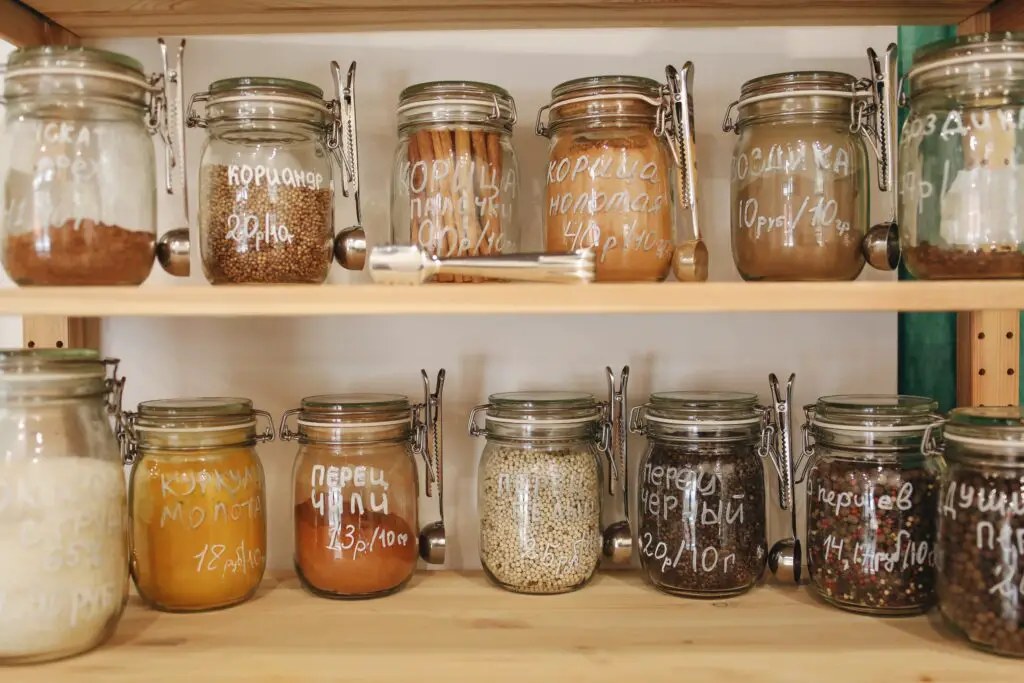
Now that you have assessed your spice collection, it’s time to select the perfect spice rack. Consider the following factors when choosing a spice rack:
- Types of spice racks available: There are various spice rack options, including wall-mounted racks, countertop racks, and racks that fit inside cabinets or drawers. Evaluate your kitchen space and choose a rack that suits your needs.
- Size and capacity: Determine how many spices you have and choose a spice rack that can accommodate your collection. It should have enough space for your current spices with room for future additions.
- Mounting options: Decide whether you prefer a rack that can be mounted on the wall, placed on the countertop, or attached inside a cabinet. Each option has its advantages, so consider your kitchen layout and accessibility preferences.
- Material and durability: Look for spice racks made from sturdy and durable materials that can withstand the weight of multiple spice jars. Opt for materials that are easy to clean and maintain.
- Accessibility and visibility: Ensure the spice rack allows you to easily see and access your spices. Consider racks with tiered shelves, rotating mechanisms, or pull-out drawers for effortless spice retrieval.
III. Sorting and Categorizing Spices
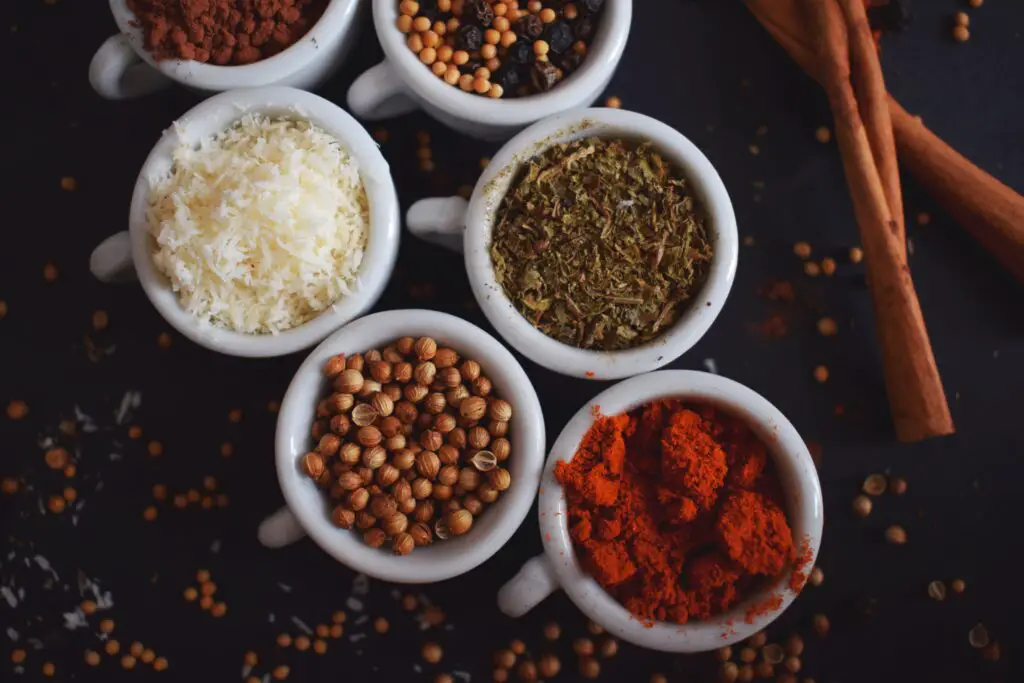
Organizing your spices requires thoughtful sorting and categorization. Follow these steps to efficiently arrange your spices:
- Grouping spices by type: Start by grouping your spices into categories such as herbs, ground spices, and whole spices. This grouping will make it easier to locate specific spices when cooking.
- Alphabetizing vs categorizing by cuisine: Decide whether you want to arrange your spices alphabetically or according to the cuisines you frequently cook. Alphabetical order provides a quick search option while categorizing by cuisine helps you find spices for specific dishes.
- Labeling and identifying spices: Clear and consistent labeling is essential for easy spice identification. Use labels or markers to mark the spice jar lids or create a labeling system that works best for you.
IV. Storing and Organizing Spices
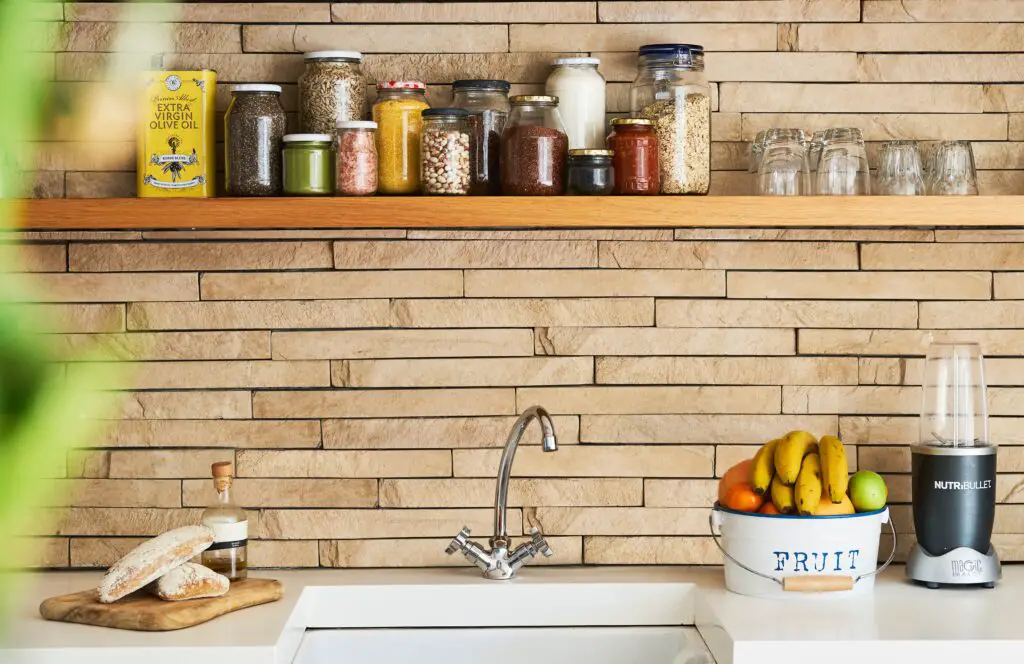
Once your spices are sorted and categorized, it’s time to store and organize them effectively. Consider the following tips:
- Utilizing the spice rack effectively: Place frequently used spices in easily accessible areas of the spice rack. Arrange them based on your cooking habits and preferences.
- Proper storage containers: Invest in quality storage containers such as glass jars or airtight plastic containers. These will preserve the freshness and flavor of your spices.
- Maximizing space in the spice rack: Make the most of the available space in your spice rack. Utilize vertical space by adding additional shelves or risers. This will prevent overcrowding and ensure all spices are visible.
V. Creating a Functional Spice Rack System
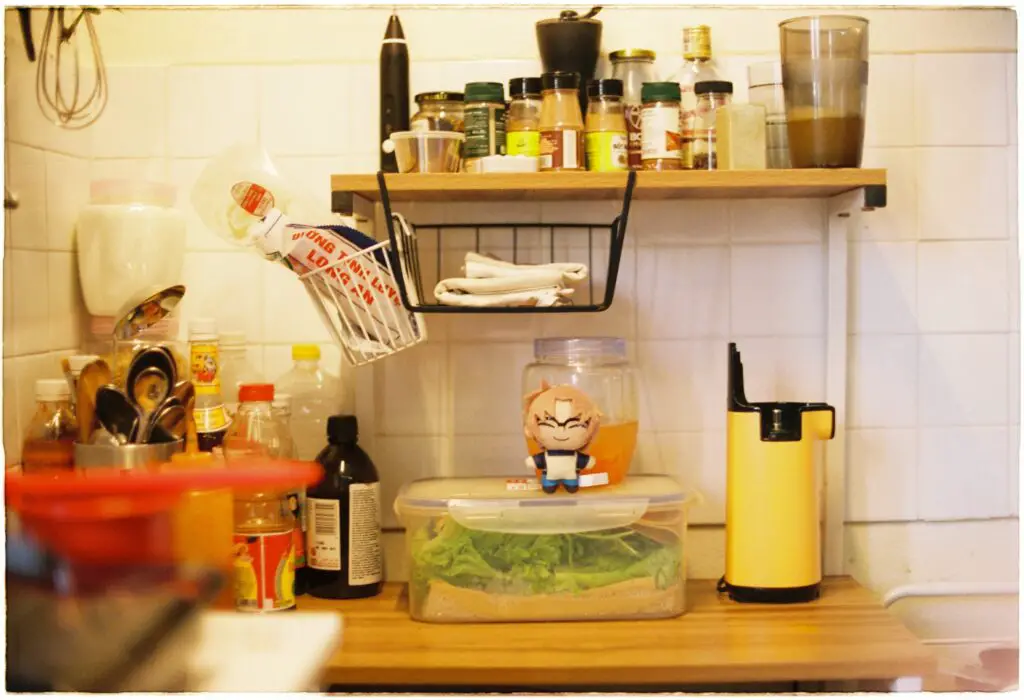
To maintain an organized spice rack in the long term, you need to create a functional system that works for you. Follow these steps:
- Determine a layout that works for you: Experiment with different arrangements until you find a layout that suits your cooking style and preferences.
- Arranging spices based on frequency of use: Place the most frequently used spices within easy reach. Reserve the prime spots for the spices you rely on daily.
- Designating specific areas for different types of spices: Assign specific areas or shelves for different spice categories. This will streamline your search process and reduce clutter.
- Using additional storage solutions: Consider incorporating additional storage solutions such as a spice drawer, turntable, or magnetic strip. These options can provide extra space and easy accessibility for your spices.
VI. Maintaining an Organized Spice Rack
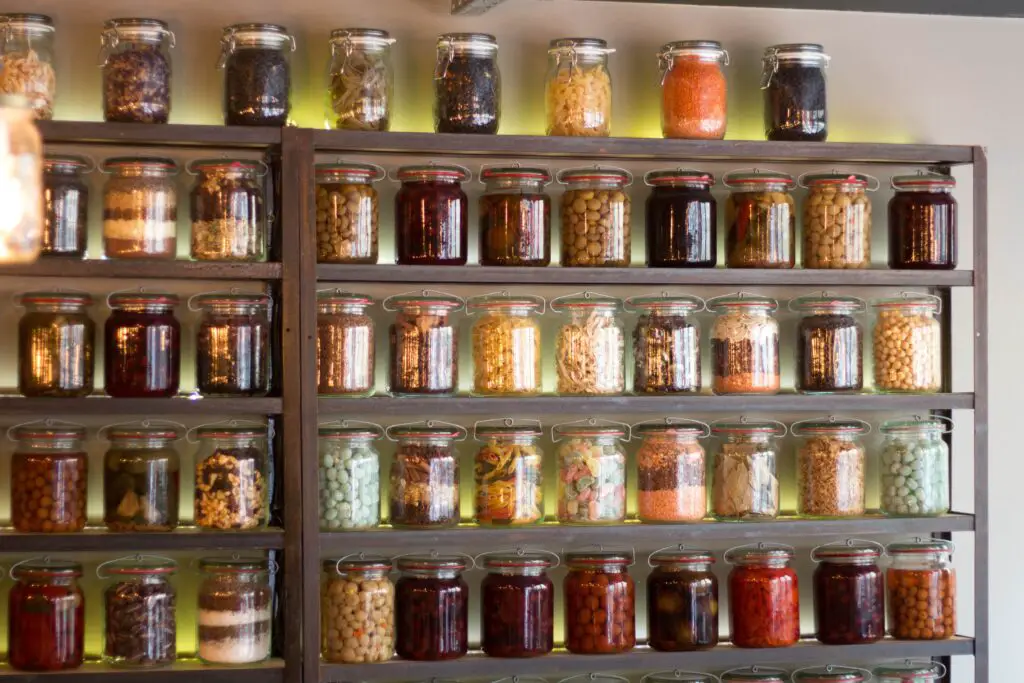
Maintaining an organized spice rack requires regular attention and care. Follow these steps to ensure your spice rack remains in top-notch condition:
- Regularly reviewing and updating your spice collection: Periodically assess your spice collection to identify expired or rarely used spices. Remove them from the rack to free up space and maintain organization.
- Properly storing and disposing expired spices: Dispose of expired spices safely and responsibly. Avoid flushing them down the drain or throwing them in the trash. Instead, check local guidelines for proper disposal methods.
- Cleaning and maintaining the spice rack: Regularly clean your spice rack to remove dust and spills. Wipe down the shelves, containers, and lids to keep everything clean and fresh.
- Revisiting the organization system periodically for adjustments: As your cooking habits evolve or new spices enter your collection, reassess and adjust your organization system as needed. Adapt it to accommodate any changes for optimal functionality.
VII. Tips and Tricks for Spice Organization
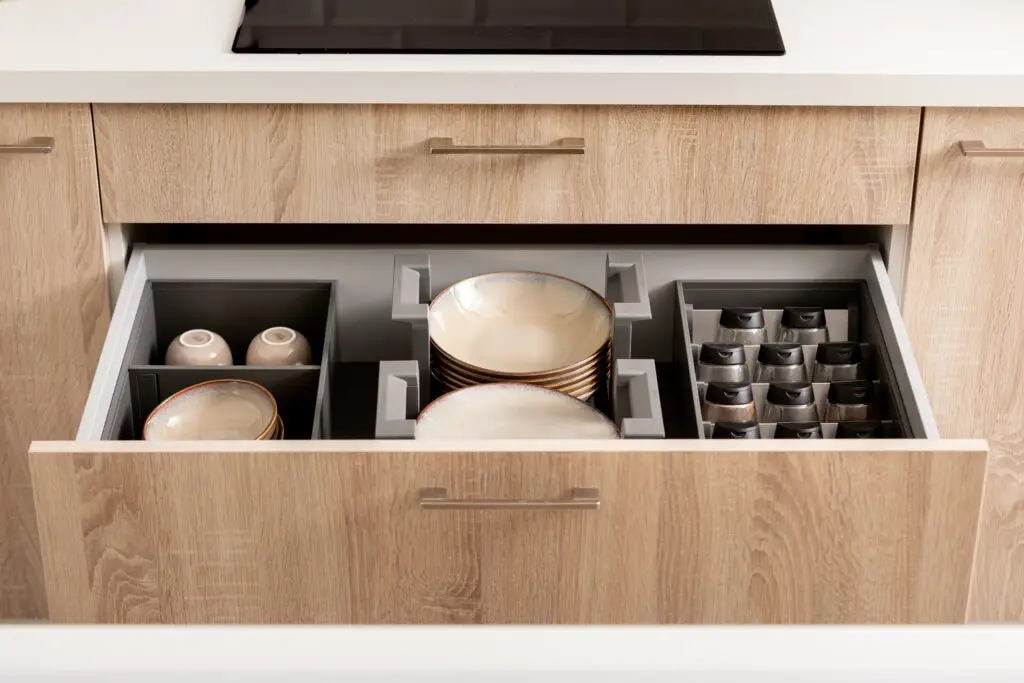
To enhance your spice rack organization, consider these additional tips and tricks:
- Creating a spice inventory checklist: Maintain a checklist of all the spices you have. This will help you keep track of your collection and avoid purchasing duplicates.
- Repurposing and recycling spice containers: If you run out of a specific spice, repurpose the empty jar for another spice or ingredient. Alternatively, recycle the empty containers responsibly.
- Using uniform spice jars for a cohesive look: Consider transferring spices from their original containers into uniform jars. This not only creates a visually appealing spice rack but also ensures consistent sizing for efficient space utilization.
- Keeping a list of frequently used spices: Maintain a list of your most frequently used spices. This will help you restock them in a timely manner and avoid running out during essential cooking moments.
VIII. Troubleshooting Common Spice Rack Organization Issues
Sometimes, spice rack organization may present challenges. Here are solutions to common issues:
- Overcrowding and lack of space: If your spice rack becomes overcrowded, consider expanding your storage options or downsizing your spice collection. Reassess your inventory and declutter as needed.
- Difficulty in identifying spices: Improve spice identification by using clear labels, marking lids, or placing labels on the front of containers. Consider investing in transparent spice jars for easy visibility.
- Inefficient utilization of the spice rack: If your current organization system isn’t working efficiently, don’t hesitate to make adjustments. Experiment with different arrangements until you find the most functional setup for your needs.
Conclusion
Congratulations! You’ve now mastered the art of organizing your spice rack. By assessing your collection, choosing the right spice rack, sorting and categorizing your spices, and implementing storage solutions, you have transformed your once chaotic spice rack into a well-organized culinary oasis.
Remember to maintain your spice rack regularly and adapt it as your collection evolves. With an organized spice rack, you’ll save time, reduce stress, and elevate your cooking experience to new heights.
Frequently Asked Questions (FAQs)
1. How often should I review and update my spice collection?
It’s recommended to review and update your spice collection every six months to one year. This will help you identify expired spices and ensure your collection stays up to date.
2. Should I alphabetize my spices or categorize them by cuisine?
The choice between alphabetizing and categorizing by cuisine depends on your personal preference and cooking habits. The alphabetical organization allows for quick and easy searching, while categorization by cuisine helps when preparing specific dishes.
3. Can I repurpose empty spice containers?
Absolutely! Empty spice containers can be repurposed for other spices or ingredients. They can also be recycled responsibly to minimize waste.
4. How do you dispose of expired spices?
To dispose of expired spices, avoid flushing them down the drain or throwing them in the trash. Check local guidelines for proper disposal methods, which may include composting or designated disposal facilities.
5. How can I prevent overcrowding in my spice rack?
To prevent overcrowding, consider expanding your storage options or downsizing your spice collection. Regularly assess your inventory and remove spices you rarely use to create space for new additions.
